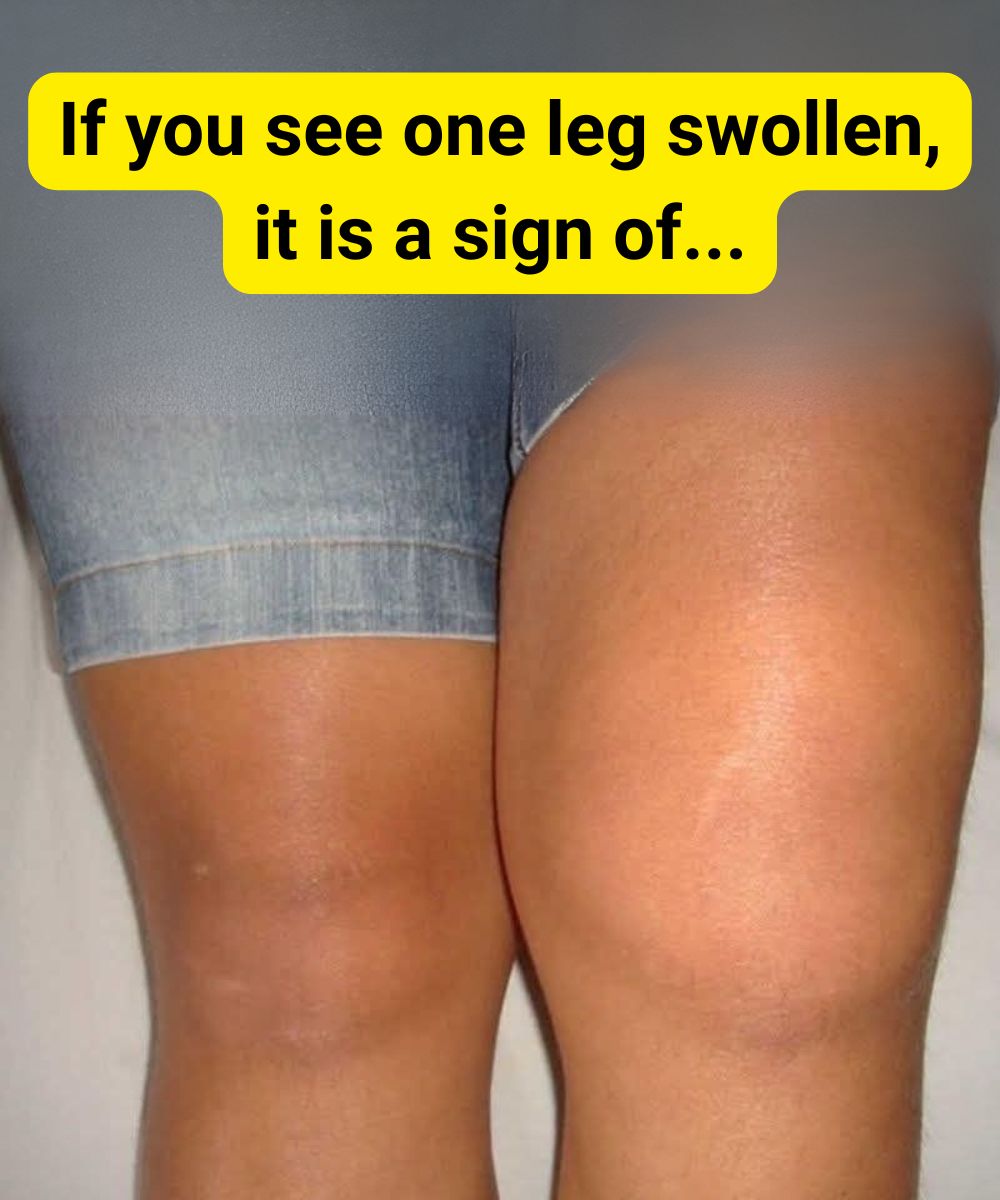
Noticing that only one knee is swollen can be alarming—especially when the other knee feels perfectly fine. While swelling in both knees often points to systemic issues like arthritis, swelling in just one knee usually indicates a localized problem. Understanding the potential causes behind unilateral knee swelling can help you decide whether it’s something minor or a sign you need medical attention.
1. Injury or Trauma
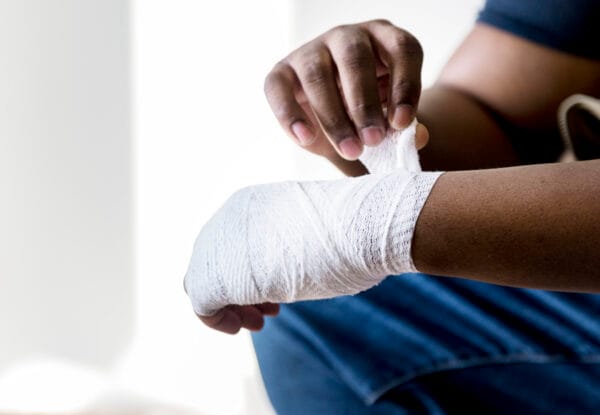
The most common reason for swelling in just one knee is trauma or overuse. You may not even remember the specific moment of injury—especially if it was a repetitive motion injury. Some possible issues include:
- Ligament sprain or tear (ACL, MCL)
- Meniscus tear
- Patellar dislocation
- Fracture or bone bruise
In these cases, swelling often appears within hours and may be accompanied by pain, stiffness, or a feeling of instability in the joint.
2. Bursitis
Bursae are small fluid-filled sacs that cushion the knee. If one becomes irritated due to pressure, trauma, or kneeling for long periods, it can result in prepatellar bursitis (also known as “housemaid’s knee”). This usually affects only one knee and causes visible swelling at the front of the knee.
3. Infection
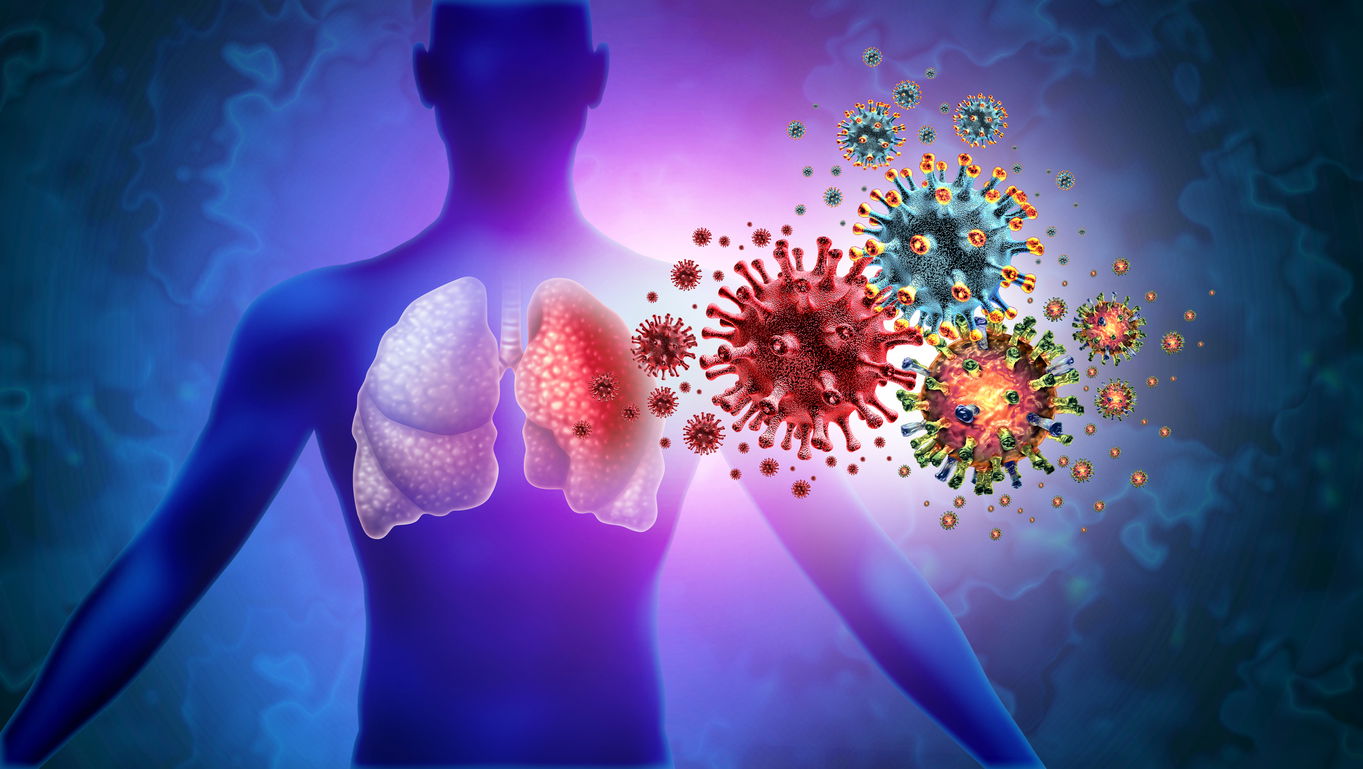
A joint infection or septic arthritis is a serious condition that can cause rapid swelling, redness, warmth, and severe pain in just one knee. This usually comes with fever or chills and requires urgent medical treatment. Joint aspiration may be needed to drain infected fluid.
4. Gout or Pseudogout
If the swelling comes on suddenly and is very painful, the cause may be gout—a type of arthritis caused by uric acid crystals. Pseudogout, which involves calcium crystals, can cause similar symptoms. These conditions often affect only one joint at a time and may return periodically.
5. Osteoarthritis (Localized)
Though osteoarthritis typically affects both knees over time, it can start in just one knee, especially if that knee has experienced past injuries or bears more weight. Swelling may be mild to moderate and worsen with activity.
6. Baker’s Cyst
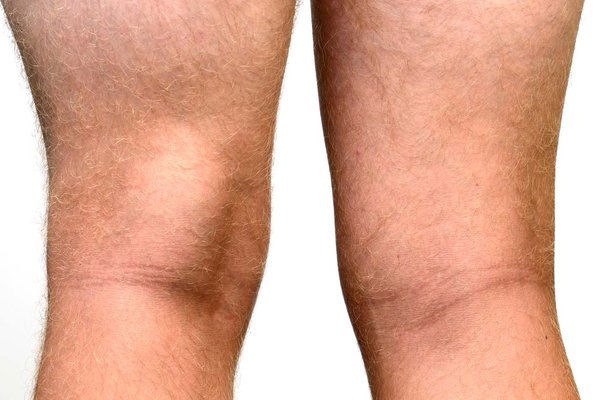
A Baker’s cyst is a fluid-filled swelling that develops at the back of the knee. It’s often caused by conditions like arthritis or a cartilage tear and may make one knee feel tight or swollen—especially when bending or straightening the leg.
7. Bl00d Clot or Circulation Issue
Though rare, a blood clot (deep vein thrombosis) in the leg can cause swelling in the knee area, especially if combined with calf swelling, warmth, or pain. It’s a medical emergency and needs immediate attention.
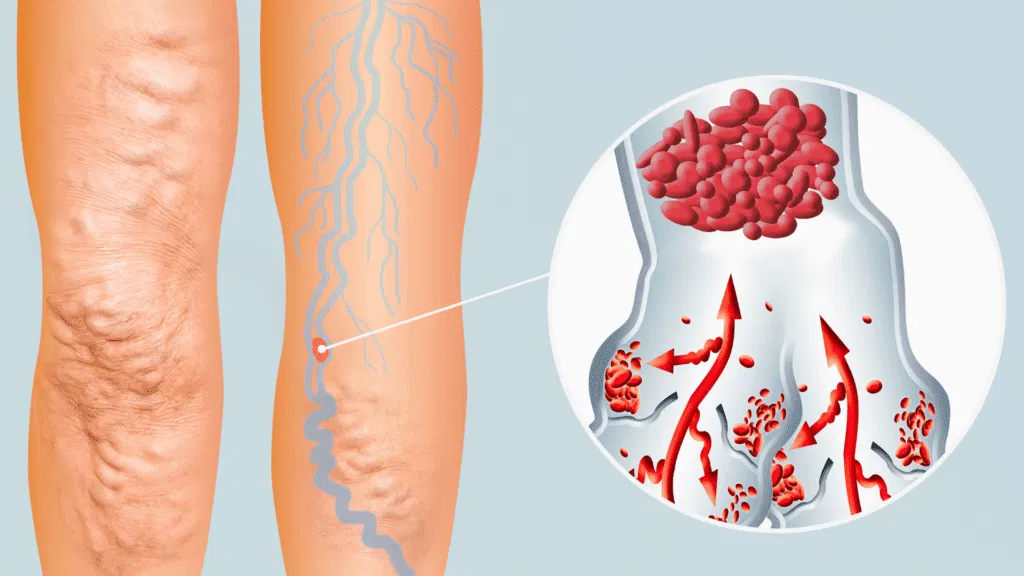
When to See a Doctor
You should seek medical help if:
- The swelling is sudden, severe, or accompanied by fever
- The knee is hot, red, or painful to touch
- You can’t walk or bend the knee
- Swelling lasts more than a few days without improvement
Final Thoughts
One swollen knee isn’t always a reason to panic, but it’s definitely something to pay attention to. From minor injuries to more serious joint diseases or infections, there are many possible reasons. Getting a proper diagnosis is the first step to effective treatment and long-term knee health.















